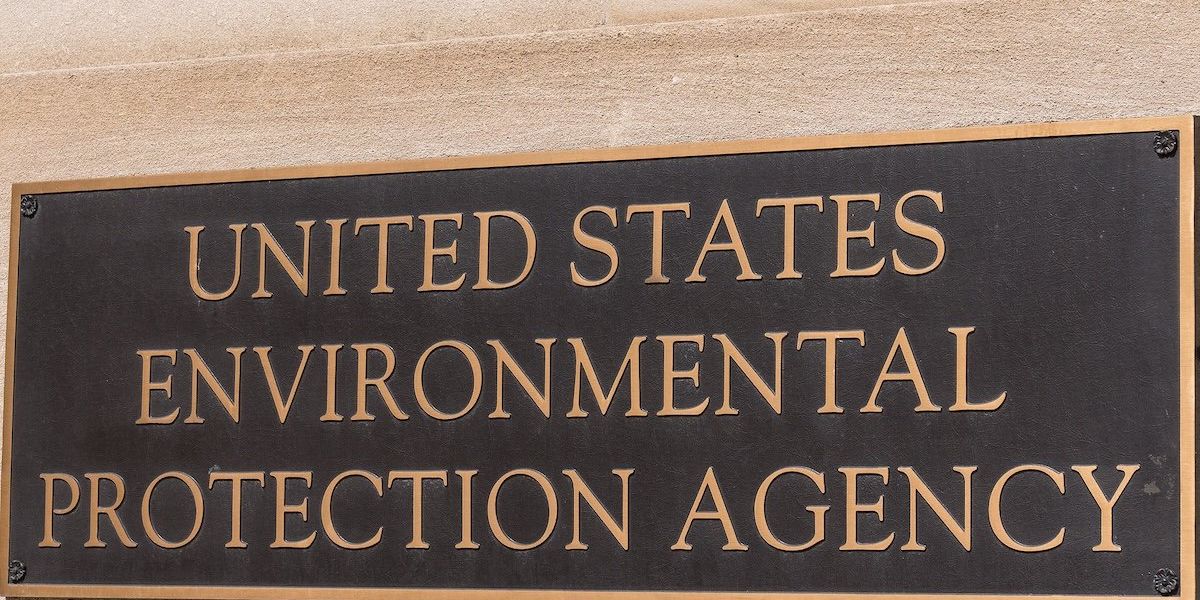alabama
Conservationists work to protect Alabama’s vital delta from climate change and development
Alabama's Mobile-Tensaw Delta, one of North America's most ecologically diverse areas, faces growing threats from climate change and development, prompting conservationists to act.
In short:
- The Mobile-Tensaw Delta is home to over 350 fish species and hundreds of bird species, making it one of the most biodiverse regions in North America.
- Conservation efforts focus on acquiring land, restoring ecosystems and altering dams to protect fish habitats and mitigate climate change impacts.
- Advocates emphasize the importance of collaboration between private landowners, government agencies and conservation groups.
Key quote:
“We’re losing things that haven’t been discovered, and there are things still here that we think are gone.”
— Ben Raines, environmental fellow at the University of South Alabama.
Why this matters:
The delta’s health is crucial to the survival of many species and the ecosystem of the Gulf of Mexico. Protecting it ensures the preservation of one of the most biologically diverse areas in the United States.
Related EHN coverage:
Alabama residents endure lack of public water access for over a decade
In rural Marion County, Alabama, hundreds of households, including the McClungs, have been waiting for public water access for over a decade, relying on private wells to meet their daily needs.
In short:
- Around 40% of households in Marion County lack public drinking water, depending instead on private wells.
- The McClung family and their neighbors have been promised public water access for years, but it remains unfulfilled.
- Socioeconomic and racial disparities exacerbate water access issues across Alabama.
Key quote:
“Less than a year after one of the worst droughts in the history of our state, the Governor’s decision to put the brakes on an already overdue and lengthy process sets all of Alabama back in the progress that’s been made to date.”
— Sarah Stokes, an attorney for the Southern Environmental Law Center
Why this matters:
Lack of access to public water in rural Alabama highlights significant infrastructural gaps and socioeconomic disparities. Well water quality can be unpredictable, often subject to contamination from agricultural runoff, industrial activities, and natural mineral deposits. This poses significant health risks, particularly for vulnerable populations such as children and the elderly. As climate change increases drought risks, reliable water access becomes even more critical.
Alabama's Shiloh community struggles with floods and racism
In Alabama's Shiloh community, residents grapple with persistent flooding exacerbated by a highway expansion, highlighting issues of environmental injustice.
In short:
- The expansion of Highway 84 in Alabama has led to severe flooding in the historically Black Shiloh community, causing significant distress among residents.
- Robert Bullard, an environmental justice advocate, is bringing the community's plight to the White House, emphasizing the racial undertones of the neglect.
- The flooding has damaged homes and infrastructure, with residents attributing the issue to structural racism and poor engineering decisions.
Key quote:
“This was done on purpose. This wasn’t an accidental ‘oops.’ ALDOT cared more about not flooding the highway than they did about flooding the community. That is unacceptable.”
— Robert Bullard, environmental justice advocate.
Why this matters:
The situation in Shiloh is a stark example of how environmental issues can intersect with racial injustice, impacting health and living conditions. It underscores the need for equitable infrastructure planning and highlights the broader national issue of environmental racism.
LISTEN: Environmental justice researchers on what it means to be biracial.
Alabama in billion-dollar showdown with EPA
Is Alabama air pollution causing smog in Texas? State battles EPA over ‘good neighbor’ plan
Dennis Pillion reports in AL.com about the claim that Alabama has to reduce pollution from its power plants and other industries because the emissions are contributing to ozone problems in Texas.
In a nutshell:
Alabama and its major utilities are engaged in a legal battle against the U.S. Environmental Protection Agency over allegations that Alabama's lenient air pollution regulations are causing smog issues in Texas. The EPA presented model data showing that Alabama power plants are contributing to increased ground-level ozone in Texas cities like Houston and Dallas, exceeding air quality standards. In response, the EPA rejected Alabama's regulatory plan, leading to appeals from the state and utilities. Alabama argues that its contribution to Texas ozone levels is not significant, while the EPA claims Alabama's own data shows otherwise. The case highlights the complex challenge of cross-state air pollution regulation and its potential impact on public health and electricity costs.
Key quote:
“The modeling that Alabama used established that Alabama’s emissions contribute to ozone pollution in Texas, and Alabama failed to justify – technically or legally – why no part of that contribution should be considered ‘significant,’” the EPA said.
The big picture:
When power plants emit pollutants such as nitrous oxide and volatile organic compounds, they contribute to the formation of ground-level ozone, which can lead to respiratory problems, irritation in the lungs, and worsen existing health conditions like asthma. Efforts to reduce power plant emissions are crucial to protecting public health and ensuring cleaner air for communities.
Read Pillion's article at AL.com.
Can artificial intelligence help us avoid air pollution? Krystal Vasquez wrote about research showing that AI may outperform traditional models, which could give more advance warning of bad air days, and reduce harmful exposures and hospital visits.
| BigStock Photo ID: 142050173 |
| Copyright: SeanPavonePhoto |
Alabama Senate votes to ban government contracts with firms opposed to firearms, fossil fuels
Coastal Alabama to receive $43M in climate change resiliency grants
$43 million in federal grants will go to slow erosion, preserve sensitive tidal marsh land, build habitat for oysters and other fisheries and reduce microplastic pollution in the Gulf of Mexico.



















